Saxetenbach Gorge survivor Tiffany Johnson remembers canyoning tragedy on 20th anniversary
The Australian was one of the few survivors of a disaster that killed 21 young people out for a fun adrenaline fix 20 years ago today
‘It was like being in a front loader washing machine. Arms and legs where going everywhere.”
Australian Tiffany Johnson was one of the few people to survive the Saxetenbach canyoning tragedy disaster, in which 18 of her fellow tourists, including 14 Australians, and three guides were killed on this day 20 years ago.
Meltwaters from snow on the mountains and rain from a sudden afternoon cloudburst had built up behind a wall of rock, mud and plant debris, creating a natural dam upriver. When the wall broke, the water rushed down as a flash flood, sweeping the group to death or serious injury.
Like most of the others in the group who went to the Saxetenbach Gorge on that day, Johnson was young, just 21, and keen for new experiences, but had no experience canyoning.

“I wouldn’t call myself adventurous” she says now. “I had participated with all the normal outdoor activities at school camps, but it was when I began to travel that I realised the world was a big place.
“A lot of young people today embark on the rite of passage of travel and adventure in search for themselves to the next steps to adulthood.
“Only the day before we went canyoning I had come to a point in my life where I thought that my life was as big as a mountain! If these mountains in Switzerland could stand the tests of time, then so could it. I finally found my own inner freedom and it was liberating. The next day we were going canyoning and I was ready to take life and live it.”
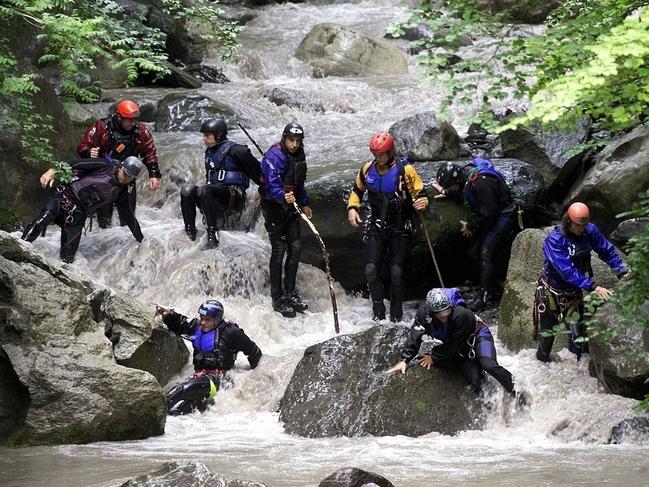
Canyoning has never been a pastime for the faint-hearted. Some enthusiasts call themselves “adrenaline junkies” because of the rush they get from the combination of rock climbing, jumping, sliding, swimming, abseiling and hiking through canyons in a mountain wilderness.
In the 1990s, Saxetenbach Gorge, near Interlaken in Switzerland, was a popular location for canyoning thrillseekers. Expert canyonists had refined the sport so that even those with no canyoning experience could take part and it was a big draw for tourists.
But while they were fitted out with helmets, life jackets, wetsuits and safety harnesses and placed in the hands of mostly highly experienced canyoning guides, all the precautions were a constant reminder of the potential dangers.
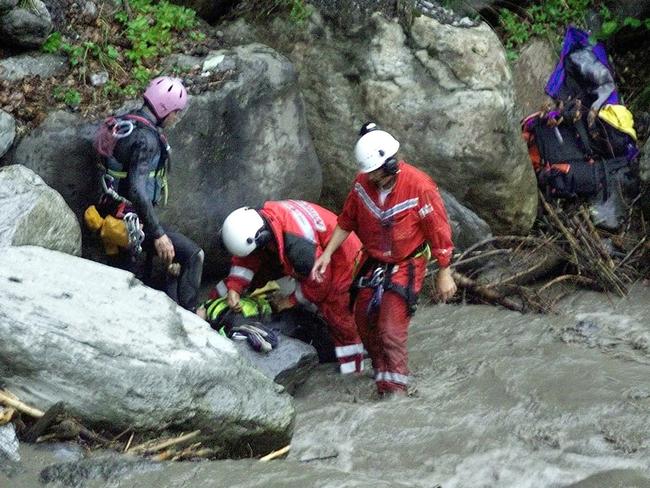
When Johnson and the group she was travelling with embarked on their Saxetenbach adventure on July 27, 1999, they could not have known weather conditions had made their adrenaline rush far more dangerous than usual.
On the 20th anniversary of the tragedy Johnson is sharing her story in a new book, Brave Enough Now (Independent Ink $27.95), about her life before, during and after the accident.
It is a story of her survival as the water, rocks, mud and logs tumbled her along the river, leaving her badly injured, and her subsequent battle to cope with the physical scars as well as the anguish of being one of the few left alive.
Canyoning had its origins back in the late 19th and early 20th centuries when scientists explored the upper reaches of rivers and the canyons carved out by streams high up in mountain chains. For them it was partly necessity, exploring places that horses and boats couldn’t take them, but such exploration drew people who lived for the thrill of discovery.
One of the pioneers of the sport was Frenchman Edouard Martel, who became famous for his exploration of caves and his 1905 expedition to France’s Gorges du Verdon. It sparked a golden era of cave and canyon exploration.
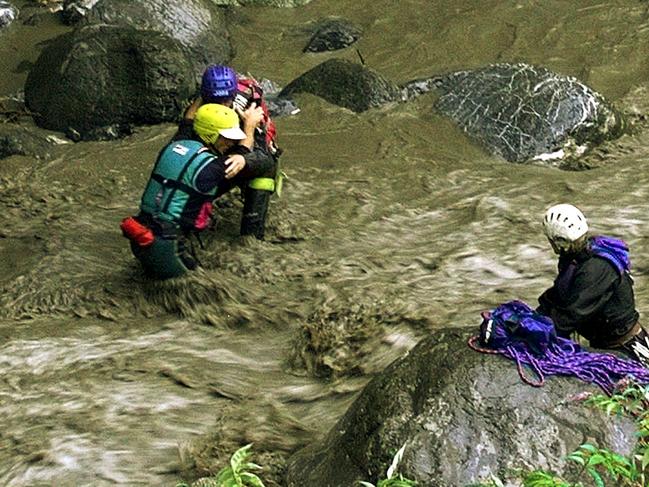
Over the course of the 20th century as the equipment and techniques for navigating remote mountain gorges improved, and explorers had been to most remote canyons, it became a leisure activity. By the 1980s adventure tourism companies were setting up tours to remote canyons around the world for tourists who liked action.
Johnson was travelling with dozens of other Australians on a Contiki tour of Europe when she joined the canyoning experience in 1999. It was run by the company Adventure World (a company now defunct and which has no relation to the tourism company now operating under that name).
On that tragic day Adventure World sent its guides out without thoroughly checking the weather reports. According to other survivors rain was falling as they arrived at the gorge, but the guides were unaware of the danger that lurked upriver.
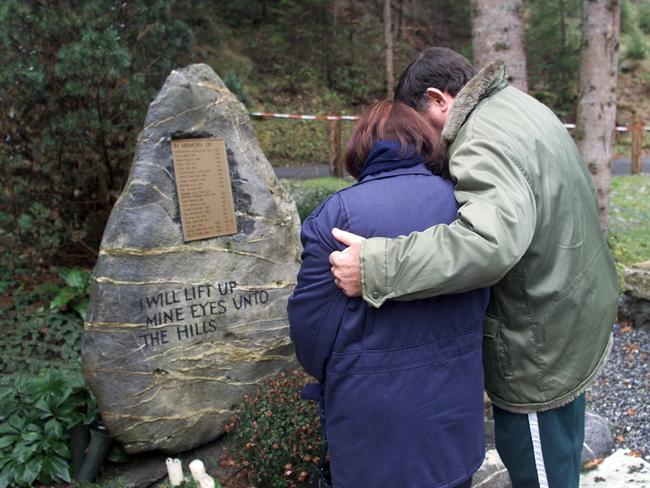
“The canyon was a place of beauty. Crystal clear waters, trees creating a canopy over the canyon, moss covering boulders. Similar to a rainforest in Australia, it was a place of beauty and wonder,” Johnson remembers. “We were all filled with adrenaline and ready to live our best life. We were excited and enjoying a new experience, but it turned in the wrong direction and led to tragedy.”
The force behind the sudden rush of flood waters was “like nothing I had ever felt before”.
She was badly injured when she was finally pulled from the flood waters and had surgery to have her pancreas removed. This left her living with insulin-dependent diabetes, a pump regulating insulin in her bloodstream.
After the disaster, Adventure World stopped running canyoning tours but continued other adventure activities, until the death of a bungee jumper in its charge resulted in bankruptcy and closed them for good.
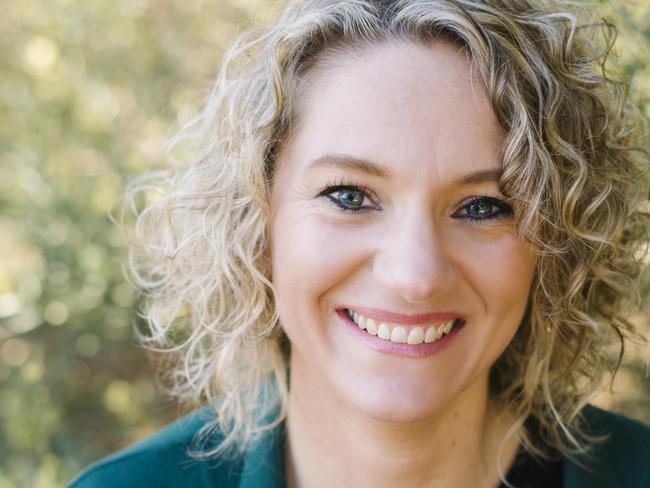
Brought to trial in December 2001, the executives and guides were found not have acted purposefully reckless or irresponsible, but the judge ruled the company hierarchy had failed to adopt a proper safety structure for canyoning expeditions and had insufficient weather training for guides. They were found guilty of manslaughter through culpable negligence, receiving suspended sentences.
Johnson was involved with the trial but says the memory was still “too raw, and, suffering from PTSD, I chose not to attend”. She has since rebuilt her life as an author and is currently in Switzerland attending a 20th anniversary memorial service.



